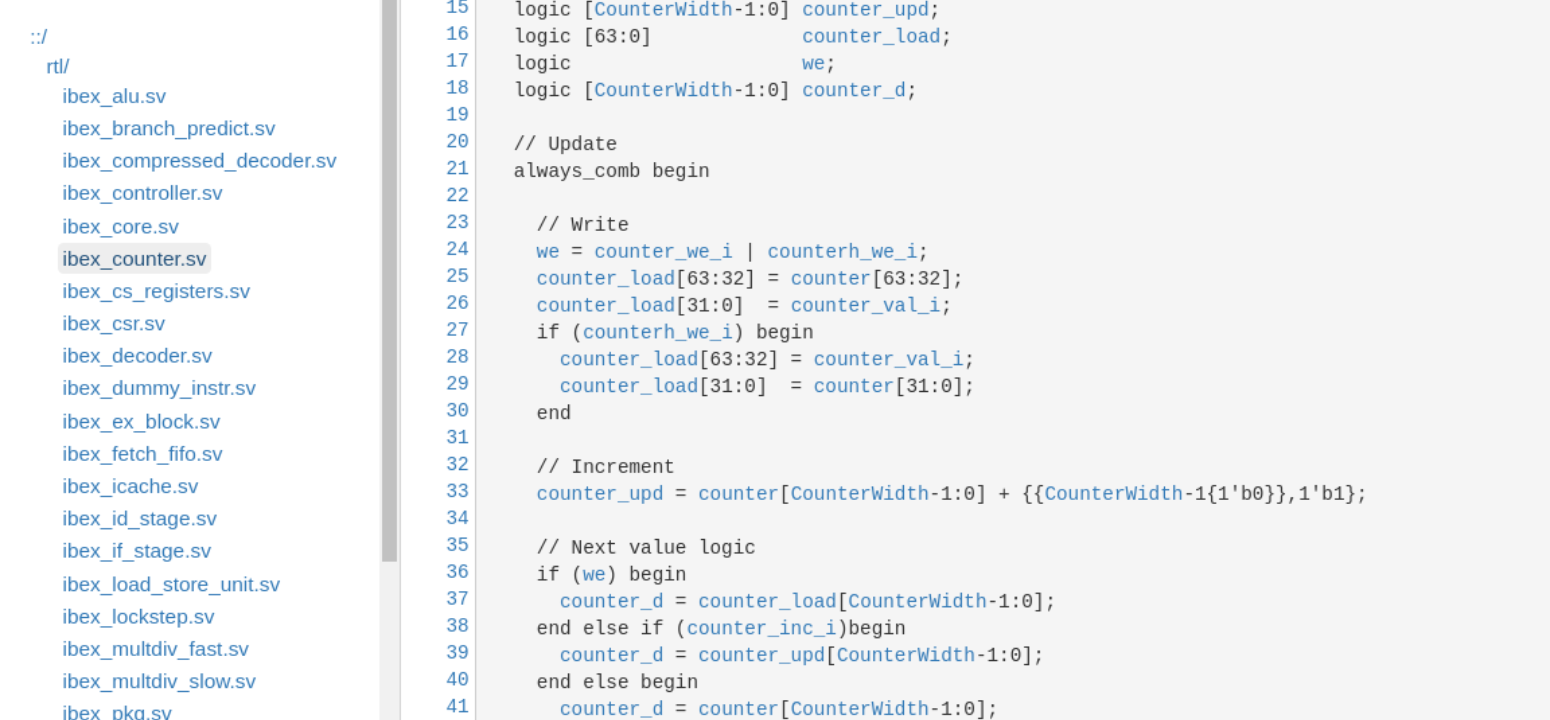Binding Interfaces to Modules in SystemVerilog : Enhancing Hardware Design Modularity

Introduction
SystemVerilog is a versatile hardware description and verification language used extensively in the semiconductor industry. It offers robust features to design and verify complex hardware systems. In this blog post, we will explore a fundamental aspect of SystemVerilog – binding interfaces to modules. This process allows to define communication interfaces that can be flexibly reused in various parts of your design.
Understanding Modules and Interfaces
Before delving into binding, it’s crucial to understand what modules and interfaces are in SystemVerilog.
- Modules: In SystemVerilog, modules are the basic building blocks of your hardware design. They encapsulate functionality, and you can instantiate multiple modules within a design hierarchy. Modules can contain inputs, outputs, registers, wires, and more.
- Interfaces: Interfaces, on the other hand, are a means of defining a collection of signals that can be easily reused in various modules. They are particularly useful for describing communication protocols, such as the AXI or I2C, where a common set of signals is used across multiple modules.
Binding Interfaces to Modules
Binding interfaces to modules is a process that allows you to associate an interface with a module. This association enables the module to access and use the signals and methods defined in the interface. Here’s how you can achieve this:
- Interface Declaration: First, you need to declare your interface. For example, if you’re designing an AXI interface, you would define the signals and methods needed for this protocol.
Copy code systemverilog
interface AXI_Interface; logic [31:0] data; logic [2:0] addr; // Additional AXI signals and methods endinterface
- Module Definition: Next, you create your module, which can use the interface by binding it. In the module declaration, specify the name of the interface to be bound.
systemverilogCopy code
module MyModule; // Declare input/output ports and other logic AXI_Interface axi_if; // Bind the AXI interface to the module // Other module logic endmodule
- Implementation: Inside the module, you can access the interface’s signals and methods using the instance name you assigned when binding.
systemverilogCopy code
module MyModule; // Declare input/output ports and other logic AXI_Interface axi_if; // Bind the AXI interface to the module initial begin // Access interface signals axi_if.data <= 32'hAABBCCDD; axi_if.addr <= 3'b101; // Call interface methods axi_if.read(); end endmodule
Benefits of Binding Interfaces to Modules
Binding interfaces to modules offers several advantages:
- Reusability: Interfaces can be designedand used in multiple modules, promoting code reusability and reducing redundancy.
- Modularity: By separating the interface definition from module implementation, you achieve a high level of modularity in your design. This eases debugging, testing, and maintenance.
- Easy Integration: Interfaces allow for easy integration of various IP blocks in a design, as long as they adhere to the same interface specification.
- Conformance: Ensures that different parts of a design conform to a specific communication protocol or standard, promoting consistency and reducing errors.
Conclusion
Binding interfaces to modules in SystemVerilog is a powerful technique that enhances the reusability and modularity of your hardware designs. It allows you to define communication protocols or standards as interfaces and apply them consistently across different modules, resulting in more efficient and maintainable code. Understanding how to bind interfaces to modules is a fundamental skill for any hardware design engineer working with SystemVerilog.
To know more about VLSI Course , SuccessBridge VLSI training institute. You can begin your VLSI career by enrolling in the placement-assisted live courses available at SuccessBridge We offer various VLSI online courses. We offer VLSI Physical Design course, Design Verification course, DFT Trainings, Chip design course many more. Explore VLSI Courses From The Leaders In VLSI Training
Also Read: VLSI Physical Design : Navigating The Complex Landscape.






